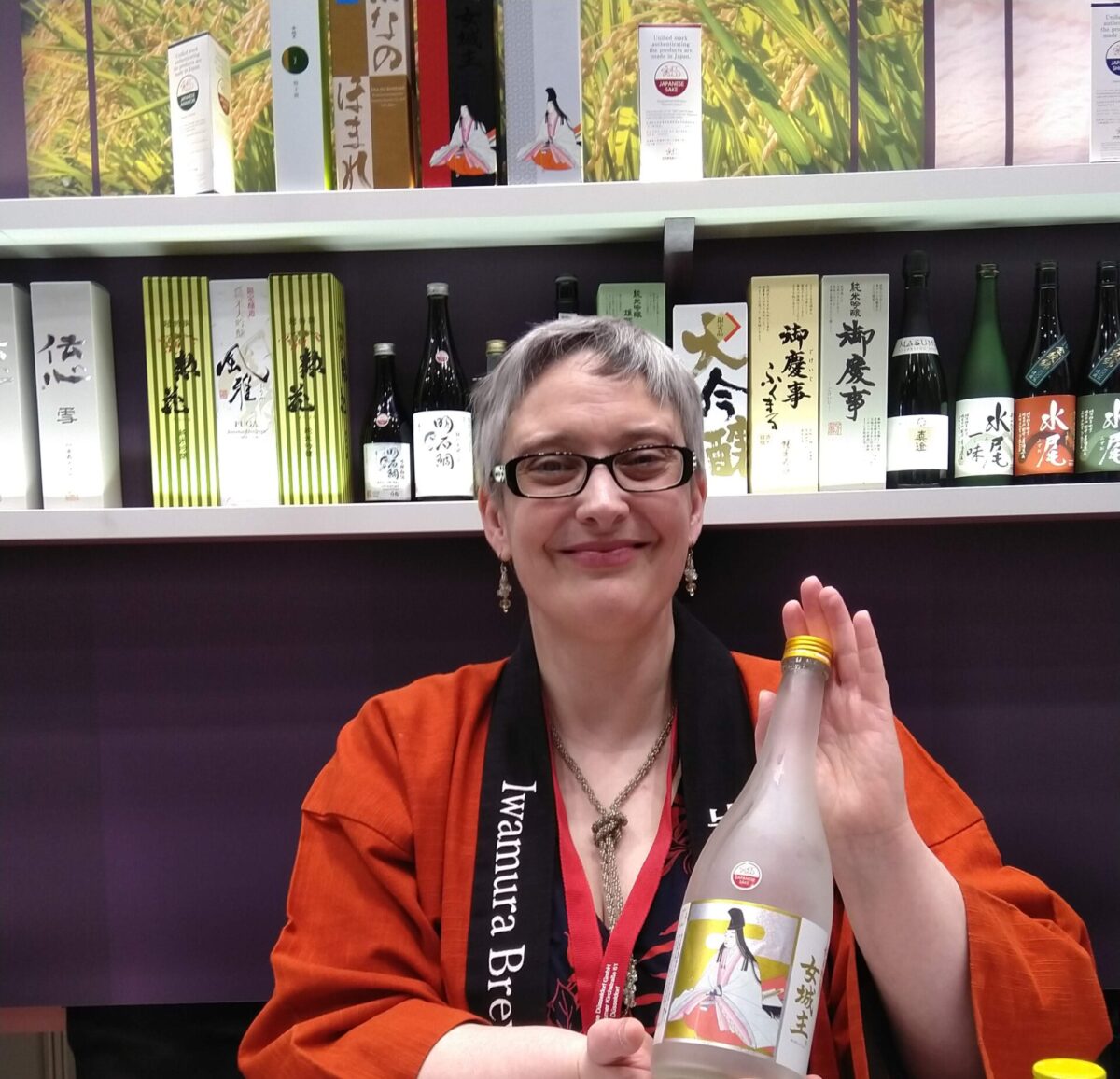What if sake was simpler than you think?
Have you ever been tempted to try choosing a sake yourself, but hesitated because... it’s complicated?
Maybe you went to a sake tasting and enjoyed it, or tried sake at a bar or restaurant and thought, I’d drink this at home.
But what you do you drink it from?
One of those little ceramic cups with the matching bottle, which you don’t have?
And are you supposed to drink sake hot - or was it cold?
Even though you’re interested, that uncertainty might be enough to stop you reaching out and picking up a bottle, or hitting “Buy” on an online order.
What I’d like to say is, you don’t need to worry about any of that.
If you have a fridge and a wine glass, you have everything you need. You can even get by with any kind of glass and any way of chilling a bottle. Really!
There are no rules to follow or ceremonies to remember. You can experiment with any sake to find the best way to drink it, just as you would with letting a wine breathe and come up to temperature. And all you need is a wine glass (or any glass).
Premium sake will have a number on the label that tells you how much of the rice grain was used to make it (often called the polishing ratio). It’s usually between around 40% and 70%. A lower number indicates a light, delicate and aromatic sake, while a higher number suggests a more full-bodied, flavourful sake with plenty of sweet and savory notes. (Although this number can only ever be a rough guide. There’s a lot more to each and every sake.)
If you want a hint about where to start with temperature, check this number. If it’s low (40-50%) start at a low temperature, chilled. If it’s high (around 70%) start higher, at room temperature. And if it’s in the middle (around 60%) try it cool but not chilled.
Even if the label is completely in Japanese, you can find this number and use it as a starting point. And experiment! If you find the aromas or flavors are muted, try letting the sake warm up. If they’re a bit too strong, cool it down. Soon you’ll find a temperature that’s perfect for you.
Written by Arline Lyons

Arline Lyons is a Japanese to English translator specialized in sake, based in Zurich, Switzerland. She regularly posts English summaries of Japanese news for sake professionals on Taste Translation, and information and ideas for those new to sake on Discover Sake.

